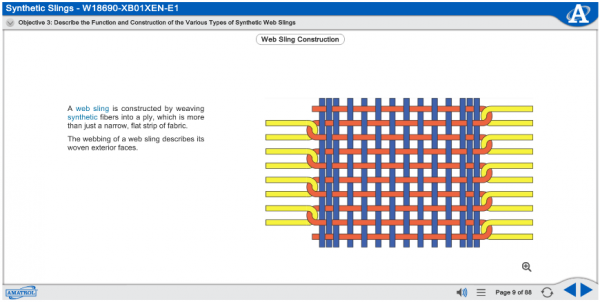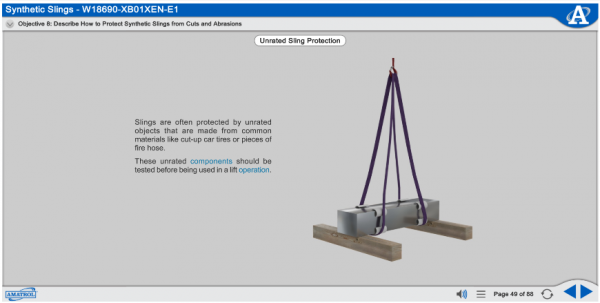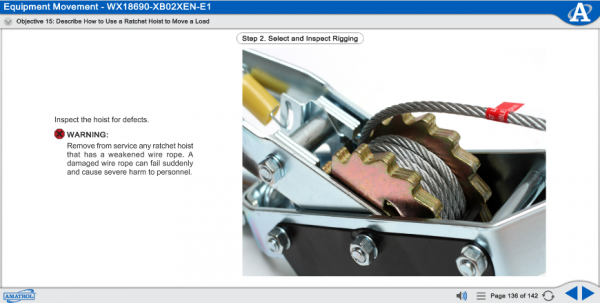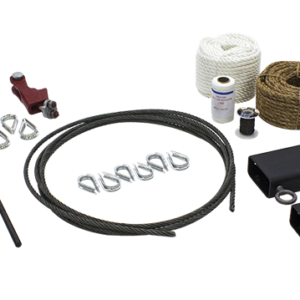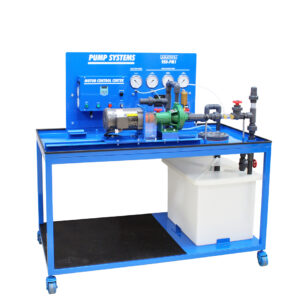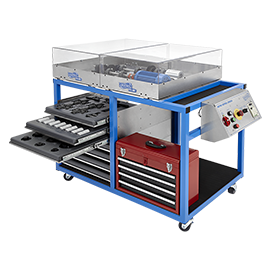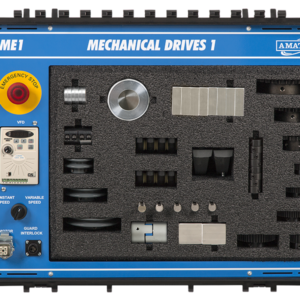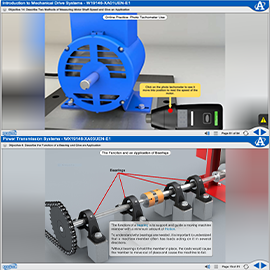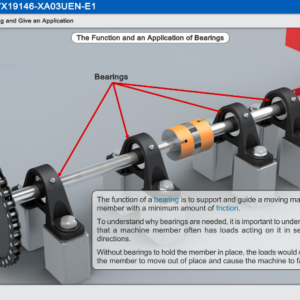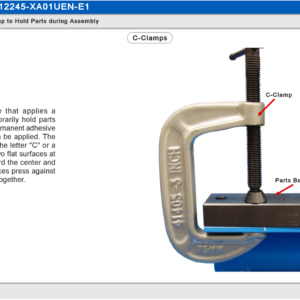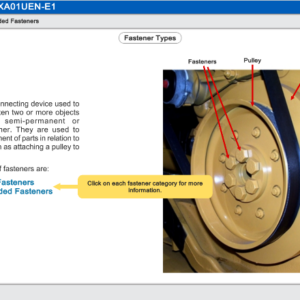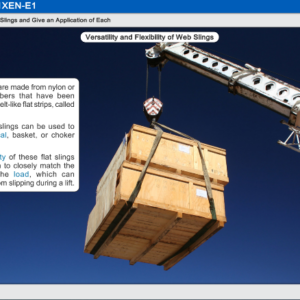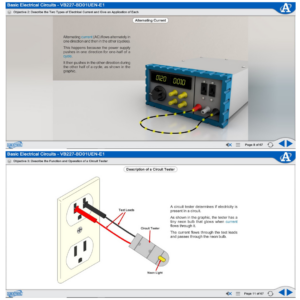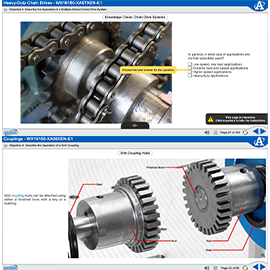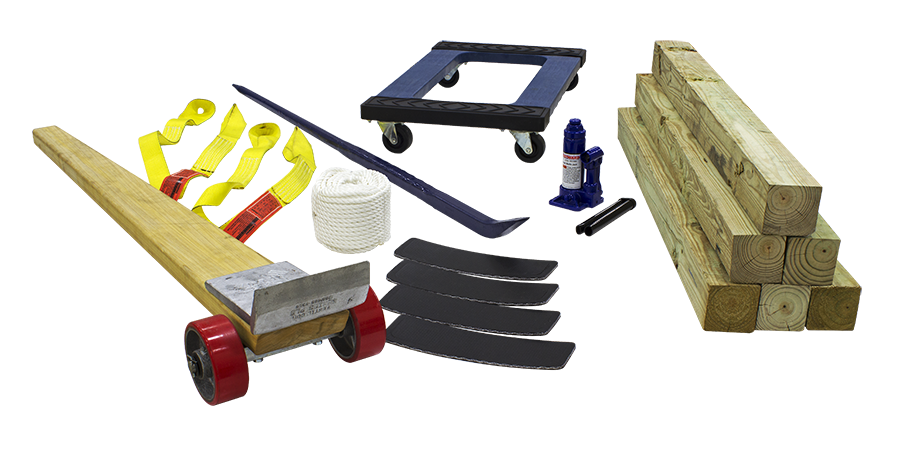
Requires Base System: Rigging Concepts 1 Training System (950-RGB1)
Utilities: None (see base unit 950-RGB1 utility requirements)
Amatrol’s Rigging 2 Learning System (95-RGB2) adds to the first Rigging training system (950-RGB1) to offer a comprehensive learning experience, to teach rigging safety training and industrial crane operation skills, and to help learners prepare for certifications. This hands-on Rigging training system expands on the initial offering of rigging knowledge to include synthetic slings, equipment movement, and industrial cranes. Proper rigging techniques are vital for efficient movement of loads and workers safety.
This Crane Operation training course includes two synthetic slings, four load protection pads, jack, lever dolly, and much more! These components will be used to explore topics such as synthetic sling operation, equipment movement using roller bars and dollies, and crane operation signals. In addition to equipment and printed curriculum, this industrial system offers a student reference guide, instructor’s manual, installation guide, and an optional online rigging training course.


